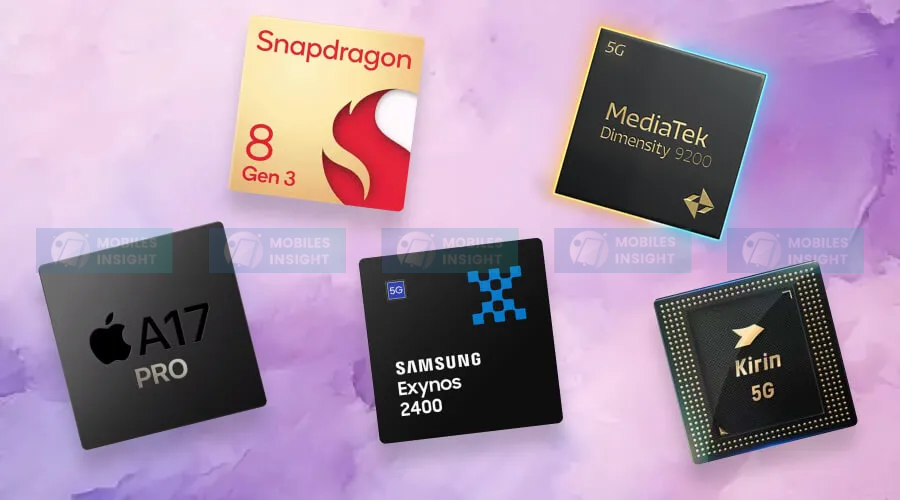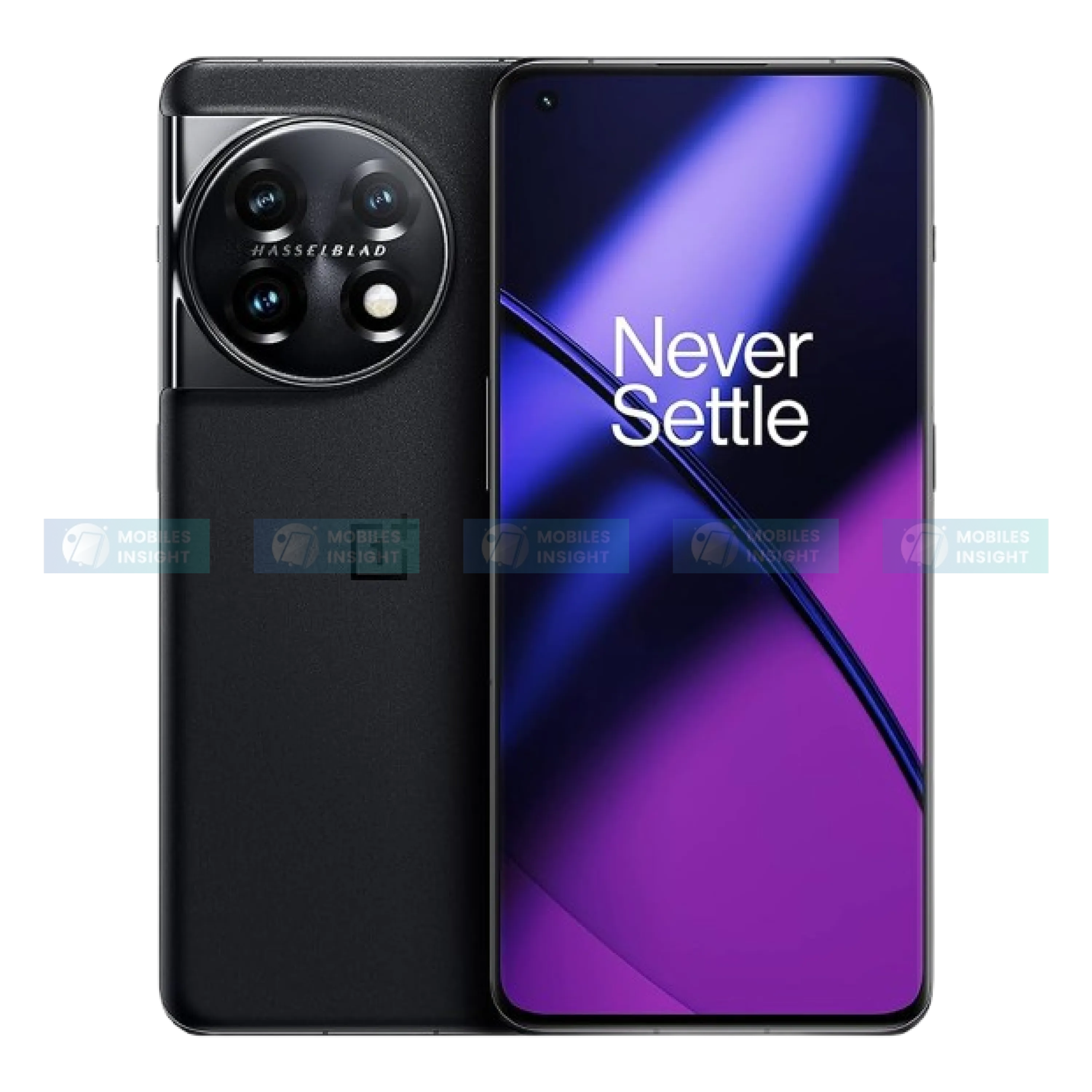
The Evolution of Android Chipsets: From Performance to AI Intelligence
Android chipsets have grown a lot over time. At first, they were made only for strong performance. Now, processors like the Snapdragon 8 Gen 3 and the Snapdragon 8 Elite come with advanced AI power. These chips also support 5G networks, satellite connection, and Wi-Fi 7 technology. All these features not only make phones faster but also help them think, learn, and adjust better, giving users a smarter mobile experience.
The Evolution of Android Chipsets
In the early days of mobile processors, power was measured mainly by CPU clock speeds and GPU graphics performance. That time is gone. Today, Android chipsets are no longer judged only by raw power. Their value is now measured by AI processing abilities, smart connectivity, energy efficiency, and advanced features.
The shift from performance-focused processors to AI-focused chipsets shows how much mobile technology has advanced. Modern Android devices powered by Snapdragon, MediaTek, Samsung Exynos, and Google’s custom Tensor chips do more than just run apps. They power AI-driven cameras, offer real-time language translation, support satellite-based emergency communication, improve gaming with on-device ray tracing, and provide smooth Wi-Fi 7 and 5G-Advanced connectivity.
For users in Bangladesh and around the world, this change is very important. Today’s smartphones act like AI assistants, professional cameras, gaming consoles, and even tools for satellite internet access. With Qualcomm’s Snapdragon 8 Gen 4 using Nuvia-designed Oryon CPU cores, MediaTek’s Dimensity 9400 using efficient 3nm technology, and Google’s Tensor G4 focusing on personalized AI, chipsets have become the heart of next-generation smart devices.
The question today is not just how fast a processor can run, but how smartly it can think, learn, and connect. This transformation opens the door to a bigger story: the journey of Android chipsets from raw performance to true artificial intelligence.
How Did Android Chipsets Begin?
When I think back to the early 2010s, Android smartphones were all about speed. At that time, even a 1 GHz processor felt very advanced. Phones with Snapdragon S4 or the first MediaTek quad-core chips were advertised as power beasts. Performance is measured in GHz, number of cores, and GPU strength, with the Adreno 200 and early Mali GPUs making mobile gaming possible.
But those chipsets were not perfect. Battery drained quickly, phones heated up, and lag was common. They worked like engines that only followed commands without any intelligence or smart optimization.
Now things are completely different. Modern processors like the Snapdragon 8 Gen 3 or MediaTek Dimensity 9300 are not just about speed. They come with AI engines, satellite support, 5G Advanced, and Wi-Fi 7. These chips can improve photos in real time, run AI assistants directly on the phone, and handle console-quality games smoothly.
Looking back, it feels like the performance-focused era was only the beginning. Today’s Android chipsets aren’t just about running apps, they can learn, adapt, and optimize everything we do.
The Rise of Multicore Processing and Efficiency
By 2015, Android users wanted more power along with longer battery life. This is when big.LITTLE architecture became common.
-
High-performance cores handle heavy tasks.
-
Energy-efficient cores worked for daily use.
-
GPUs have become stronger for gaming and video streaming.
For example, the Snapdragon 810 (2015) brought 64-bit processing but it also had overheating problems. On the other hand, the Snapdragon 820 (2016) comes with better thermal control and more stable performance.
AI Joins the Conversation: Neural Processing Units (NPUs)
I still remember 2017 when Huawei’s Kirin 970 introduced the first dedicated Neural Processing Unit (NPU) in a smartphone. Suddenly, my phone could recognize images, translate languages, and process speech locally. It felt like AI had finally come into my pocket.
Soon after, Qualcomm’s Snapdragon 845 came with its AI Engine, improving cameras and voice assistants, while MediaTek launched its APU to bring AI features to mid-range devices. At that time, these features were exciting but still limited.
Now in 2025, modern chipsets like the Snapdragon 8 Gen 4, Google Tensor G4, and MediaTek Dimensity 9400 have multi-core NPUs that can handle trillions of operations per second (TOPS). Today, AI is not just for face recognition or simple translations. It powers on-device generative AI, real-time video improvements, and even satellite-ready communication. Tasks that once required the cloud, like summarizing documents or generating AI content, now happen offline, instantly and privately.
For users in Bangladesh, this is a big change. Even with slow or unstable internet, AI-first chipsets allow offline translation, AI-powered photography, and smart voice assistants without needing mobile data.
The journey from the early NPUs to today’s powerful AI processors shows how much smartphones have advanced. What was once just an extra feature in 2017 has now become the heart of every flagship processor in 2025, changing the way we use our phones.
Why Does AI Matter More Than Performance Alone?
The Snapdragon 8 Gen 3 Mobile Platform brings big improvements in AI technology, setting a new level for smart features on smartphones. The chipset has a special AI Engine that can run large language models (LLMs) and handle complex AI tasks directly on the phone, without needing internet or cloud support. With this on-device AI, users get faster and safer experiences like real-time language translation, object recognition, and smart photo editing.
Samsung Galaxy S24 Ultra: A Showcase of AI Integration
The Samsung Galaxy S24 Ultra, powered by the Snapdragon 8 Gen 3, shows how AI is now a key part of smartphones. Some important AI features are:
-
Galaxy AI Suite: A set of AI tools that help with productivity and creativity, like Live Translate, Note Assist, and Chat Assist.
-
ProVisual Engine: An AI system for photos and videos that automatically recognizes scenes and improves quality in real-time.
-
Generative Edit: An AI editing tool that lets you remove objects, expand backgrounds, and smartly resize images.
These features show that AI is not just an extra feature but an important part of the phone, making it smarter and easier to use.
By highlighting the AI power of the Snapdragon 8 Gen 3 in the Galaxy S24 Ultra, it’s clear that smartphones are becoming intelligent assistants that understand and adapt to what users need.
Snapdragon vs MediaTek: The AI Race
Two big names lead the Android chipset market: Qualcomm's Snapdragon and MediaTek's Dimensity.
-
Snapdragon is popular for its strong performance, gaming experience, and fast connectivity.
-
MediaTek is known for smart AI features, energy efficiency, and affordable performance.
|
Features |
Snapdragon 8 Gen 3 |
MediaTek Dimensity 9300 |
|
AI Engine |
Hexagon NPU |
APU 790 |
|
Connectivity |
5G, Satellite connectivity, Wi-Fi 7 |
5G, Wi-Fi 7 |
|
Phones |
Samsung Galaxy S24 Ultra, Xiaomi 14 Pro, OnePlus 12 |
Vivo X100, Oppo Find X7 |
Both chipsets support AI-powered photography, gaming intelligence, and real-time processing. In Bangladesh, Qualcomm's Snapdragon is common in premium phones, while MediaTek is popular for solid mid-range phones.
The Snapdragon 8 Elite and Beyond
Recently, Qualcomm introduced the Snapdragon 8 Elite, the next version after the Snapdragon 8 Gen 3. This chip focuses even more on AI.
-
This allows generative AI to work on your phone without needing the cloud.
-
It supports satellite connections for emergency communication in rural areas of Bangladesh.
-
With Wi-Fi 7 technology, it provides stable internet in busy cities.
The Snapdragon 8 Elite shows that AI is not just for cameras or assistants. It makes your phone smarter, more independent, and ready for the future.
Where AI Meets 5G and Wi-Fi 7?
Modern Android chipsets have more than one CPU and act as the brain of the phone.
-
With 5G networks coming to Bangladesh, these chipsets will help phones use the network efficiently, giving smoother streaming and gaming.
-
Wi-Fi 6 and Wi-Fi 7 make the internet faster at home and reduce lag for smart devices.
-
Satellite connectivity lets phones work even in disasters when mobile towers stop working.
For example, the Snapdragon 8 Gen 3 in the Samsung Galaxy S24 Ultra allows satellite messaging, making your phone ready for the future.
How Will Android Chipsets Shape Bangladesh’s Mobile Market?
As a tech enthusiast in Bangladesh, I have seen how quickly our smartphone world is changing. In 2025, phones with the Snapdragon 8 Gen 3, like the OnePlus 13 Mini and Xiaomi 14 Pro, are becoming easier to get. These phones offer smart AI features that were once only in high-end models.
5G Connectivity: A Step Towards the Future
The government plans to launch 5G across the country by 2026 to improve internet access in both cities and villages. Although not everyone is using it yet, the network is slowly being built, which will bring faster and more reliable connections.
AI Integration: Transforming Daily Life
AI is now a part of our daily lives. From smart cameras in phones to health apps, they are making life easier. For example, farmers in rural areas are using AI apps to predict weather and improve their crop yields, showing how useful this technology can be.
What’s Next for Android Chipsets?
As a tech enthusiast in Bangladesh, it is exciting to see how fast Android chipsets are evolving. The focus is no longer just on processing speed but on AI-powered technology. This change is more than a trend; it is a revolution.
AI-Native Processors
Leading the way are Qualcomm, MediaTek, and Samsung. Qualcomm's Snapdragon 8 Elite, developed with Samsung, shows this shift clearly. These processors can handle complex AI tasks directly on the device, which makes phones faster and more private because they rely less on cloud services.
MediaTek is also making big improvements with its Dimensity series, adding AI features that compete strongly with other brands. Samsung's Exynos, which was behind for a while, is returning with the Exynos 2500. Built on a 3nm process, it shows very strong performance.
MoR Efficiency
A new technology called Mixture of Runtimes, or MoR, is changing how processors work. It can adjust resources in real time, making phones faster while saving battery. This is an important step toward more efficient and sustainable technology.
On-Device AI Assistants
In the future, Android chipsets will have AI assistants that work entirely on the device. This will make responses faster, protect privacy, and give a more personalized experience. Google's Gemini AI system is an example, with plans to be used more widely across Android devices.
Quantum-Inspired Optimizations
Looking even further ahead, algorithms inspired by quantum computing are being tested to make mobile processors even smarter. While real quantum computers are still new, these algorithms can help phones solve complex problems faster.
Connectivity and Efficiency
By 2030, Android chipsets will not just be processors but thinking systems. With better AI, connectivity, and efficiency, they will power smartphones, IoT devices, wearables, and much more, becoming an important part of daily life.
Final Thoughts
The evolution of Android chipsets shows a clear trend: power alone is outdated, intelligence is the future.
For Bangladeshi users, this means phones are no longer just about performance. They are AI-driven companions that can translate languages, improve connectivity, and even help save lives with satellite communication. As we enter the Snapdragon 8 Elite and Wi-Fi 7 era, one thing is clear: the Android chipset is now the heart of smart living.
Popular Phone Reviews

Samsung Galaxy A70 Review: Features, Performance, and Value Insights

Apple iPhone 16 Pro Max Review: Features, Performance, and Value Insights

Apple iPhone 12 Pro Max Review: Features, Performance, and Value Insights

Xiaomi Redmi 12 Review: Features, Performance, and Value Insights






